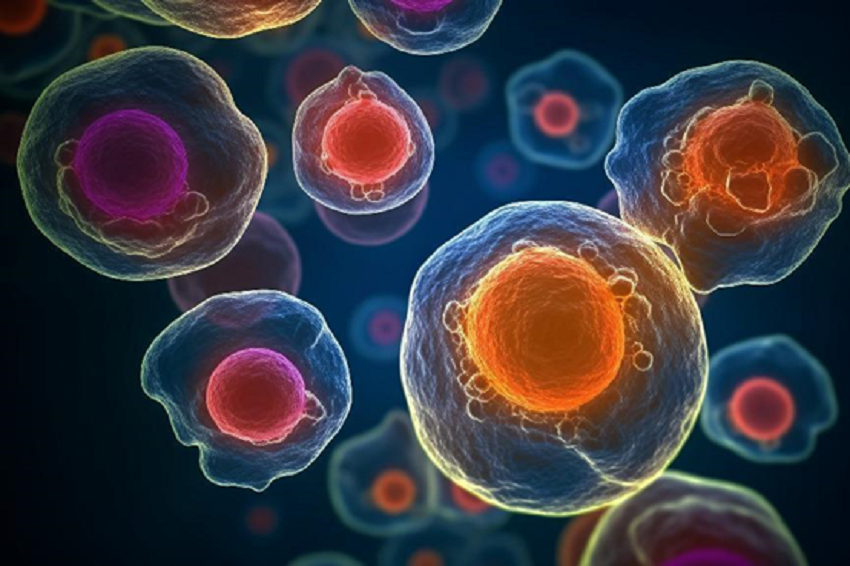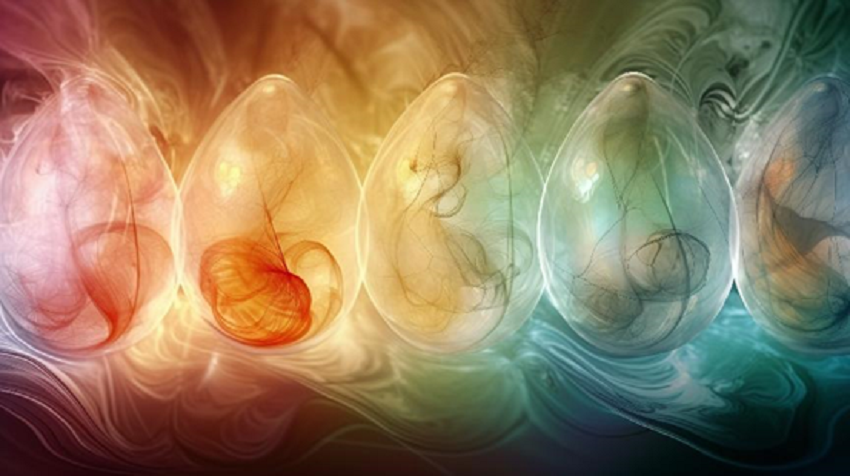Hello! I'm delighted to provide you with exclusive one-on-one consultation.
How can I assist you?
What is the process and cost of egg freezing?


Previously, to improve the success rate of IVF, multiple embryos were usually transferred with the hope that at least one would successfully implant. However, with advancements in assisted reproductive technology, particularly the application of Preimplantation Genetic Testing for Aneuploidy (PGT-A), single embryo transfer has become increasingly common. This approach not only reduces the risks of twin and multiple pregnancies but also lowers the likelihood of high-risk pregnancies and miscarriages.
Doctors at IVF USA point out that by selecting the healthiest embryos for single embryo transfer, not only does the pregnancy success rate increase, but it also reduces the wastage of surplus embryos, giving parents more options for the future.
Although transferring a single embryo typically results in a single fetus, there are rare instances where single embryo transfer can lead to twins. What's going on here?
While the probability is low, the phenomenon of conceiving twins after single embryo transfer does exist. This situation is similar to the occurrence of identical twins during natural pregnancies. During the IVF embryo transfer process, sometimes blastocysts or developing embryos may collapse spontaneously, causing the inner cell mass to split into two, resulting in the development of twins. Although the occurrence rate of this situation is low, it still exists, with statistics showing an occurrence rate of about 1%.
Learning that they are expecting twins can often come as a surprise to patients and their families, requiring time to adapt and accept this reality. Especially for women undergoing IVF treatment, who are typically older, pregnancy already carries higher risks for women over 35, and a multiple pregnancy further increases these risks, including low birth weight, preeclampsia, gestational diabetes, cesarean section, and placental abruption.
Additionally, unlike multiple embryo transfers, twins produced from single splitting embryos typically cannot undergo reduction surgery. Because identical twins usually share one placenta, the risk of reduction surgery is extremely high, making it difficult to ensure the health of the other fetus.
The mechanism by which embryos split into twins is not fully understood and may be the result of multiple factors. Current research suggests that this is related to maternal age, genetic factors, the use of ovulation-stimulating drugs, embryo culture conditions, the use of frozen-thawed embryos, and embryo stage at the blastocyst stage.

To reduce the risk of complications, selecting a reputable IVF clinic with advanced technology is crucial. IVF USA, as an early provider of comprehensive overseas assisted reproductive services, is committed to providing professional and personalized services to its clients. The medical team tailors assisted reproductive plans based on clients' medical histories, physical conditions, and fertility needs, selecting the most suitable clinics and doctors. Throughout the process, IVF USA provides one-stop services such as translation, legal support, legal fertility preservation, and assisted reproduction, ensuring clients receive the best treatment experience and chances of success. Currently, IVF USA offers services such as egg freezing, IVF, and third-party reproductive assistance outside the USA, including IVF and egg freezing in Japan, Thailand, and other regions, collaborating closely with top IVF doctors globally. If you are in need of egg freezing or IVF, feel free to consult Dr. Nathan Zhang and his team at IVF USA, and we will wholeheartedly assist you in achieving your dream of parenthood.


Online Customer Service

In-Vitro Fertilization (IVF)

Female Egg Freezing

Fertility Assessment

Scan for Consultation

Back to Top